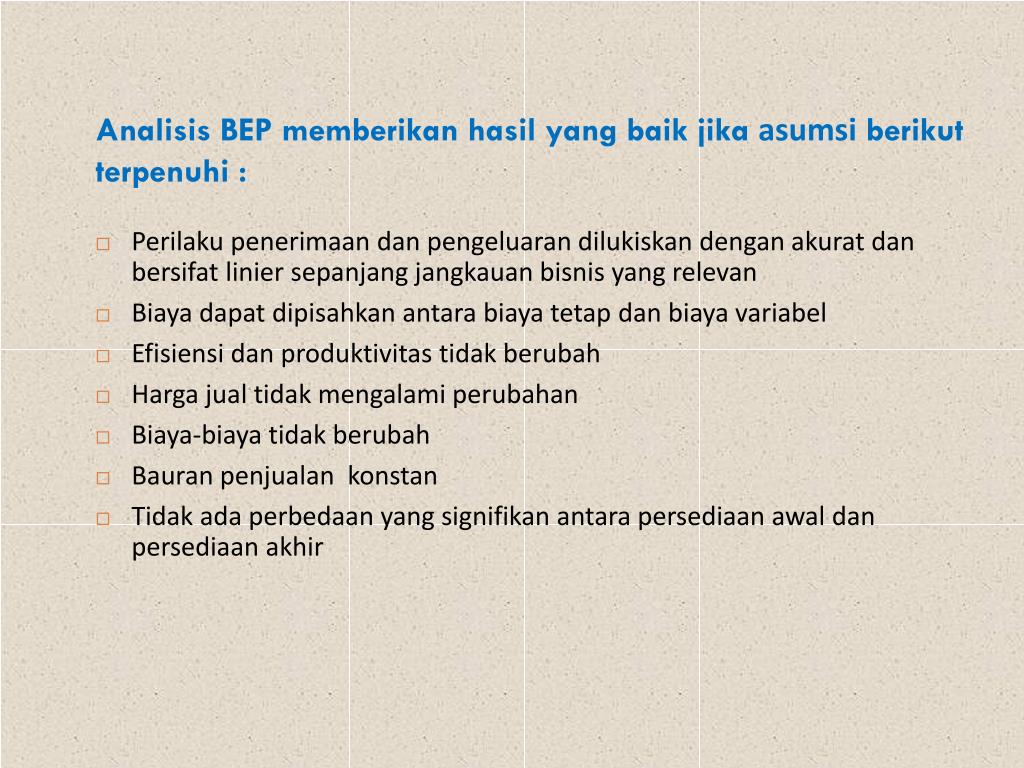

Break-even analysis, as a technique, seeks to provide answers to the following questions: 1. The “no-profit, no-loss” point is a break-even point or a point at which losses cease and profits begin. Thus, the break-even point (BEP) may be defined as a point at which the firm's total revenues are exactly equal to total costs, yielding zero income. A break-even analysis is concerned with the study of revenues and costs in relation to sales volume and, particularly, the determination of that volume of sales at which the firm’s revenues and total costs will be exactly equal (or net income zero. A widely-used technique to study VCP relationships is break-even analysis. The entire gamut of profit planning is associated wit VCP inter-relationships. The volume cost-profit (VCP) analysis is a management accounting tool to show the relationship between these ingredients of profit planning.

Introduction Profit planning is a function of the selling price of a unit of product, the variable cost if making and selling the product, the volume of product units sold, and, in the case a multi-product companies, sales-mix and, finally, the total fixed costs. Explain break-even point and illustrate its determination both algebraically and graphically Discuss break-even applications in determining sales to produce desired profits, additional sales volume to offset a reduction in selling price and so on Understand cash break-even point and its applications.


 0 kommentar(er)
0 kommentar(er)
